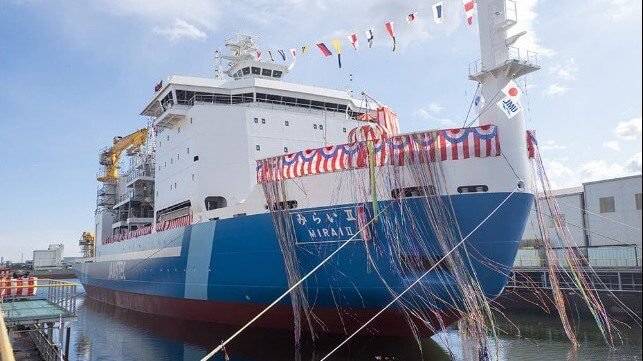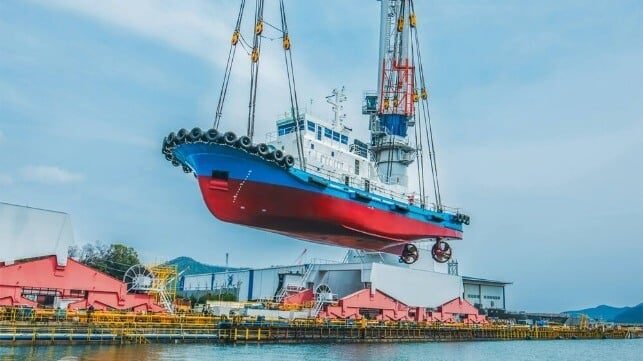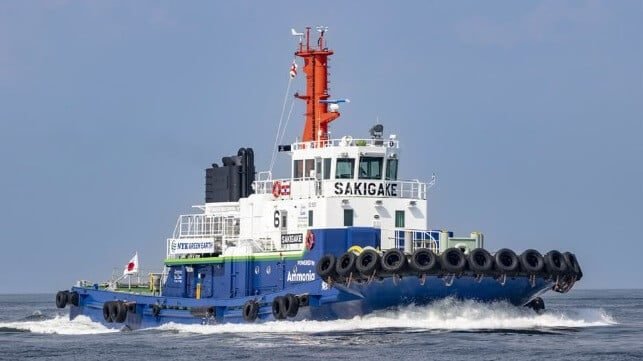Japan recently celebrated the launch of its first purpose-built ice-class Arctic research vessel, Mirai II. The vessel, which began construction in 2021, marks a significant advancement for the Japan Agency for Marine-Earth Science and Technology (JAMSTEC), which will oversee its operations. Japanese officials emphasized the country’s responsibility as a leader to address issues in the Arctic region based on scientific evidence. They highlighted the environmental changes occurring in the Arctic, such as decreasing sea ice, and the need to view these issues from a global perspective due to their impact on the climate and weather worldwide.
Mirai II, equipped with state-of-the-art technology for various observations related to the atmosphere, weather, ocean, and sea ice, will be a Polar Class 4 vessel capable of breaking through 1.2 meters of ice at a speed of 3 knots. With a length of 128 meters and a capacity for 97 individuals, including crew members and researchers, the vessel represents a significant upgrade from JAMSTEC’s current aging research vessel, Mirai. The decision to retire Mirai by the end of fiscal year 2025 was made in light of its aging condition and history as a former nuclear-powered cargo ship.
The launch of Mirai II took place on March 19 at the Isogo Plant of Japan Marine United Corporation, with delivery scheduled for November 2026. The public was invited to suggest names for the vessel, with the chosen name for its workboat being Shirokuma, a term commonly used to describe polar bears. Japanese officials anticipate that Mirai II will play a crucial role in advancing research on the global environment, particularly in the Arctic region, once it enters into service.














